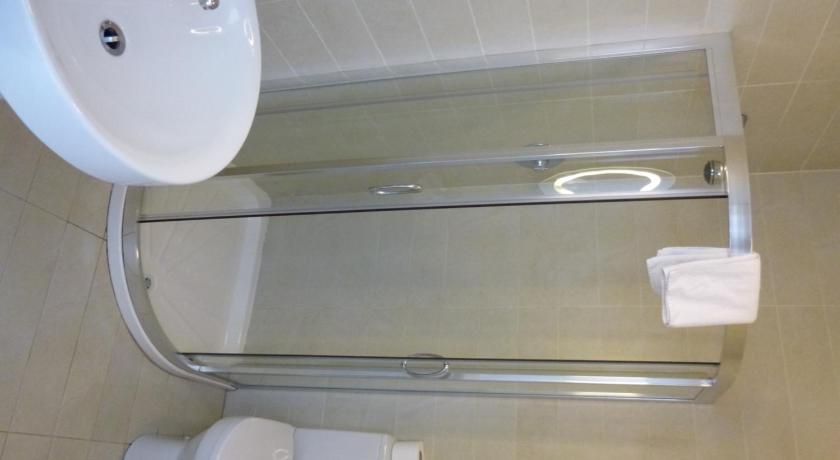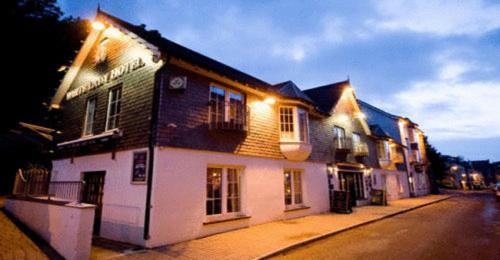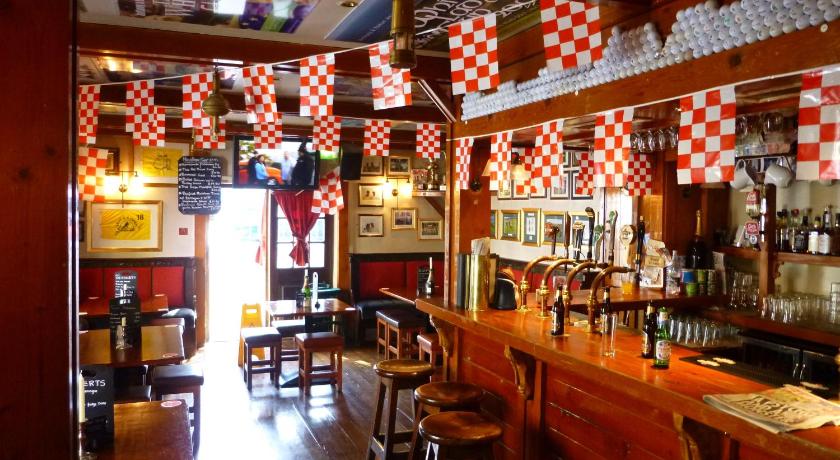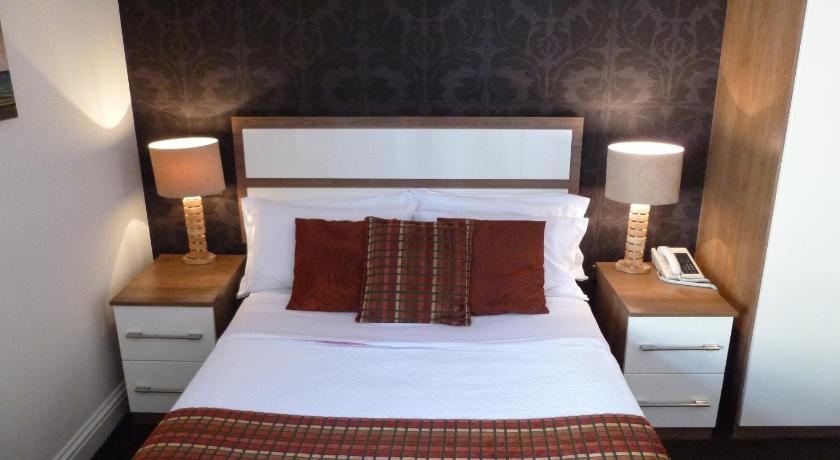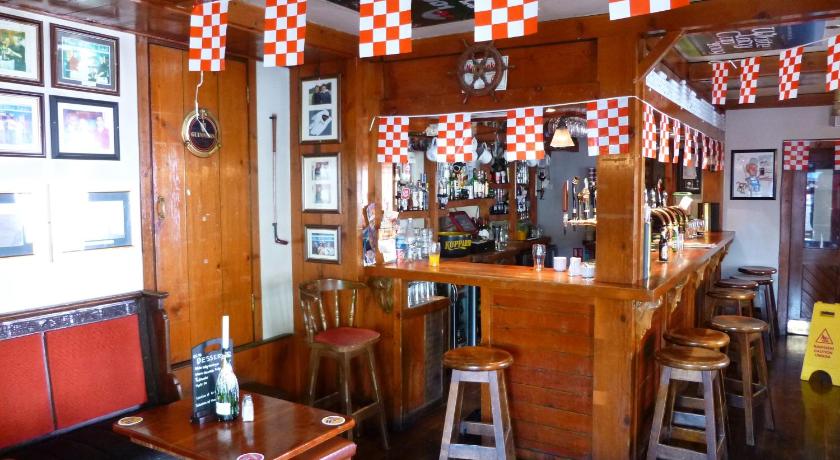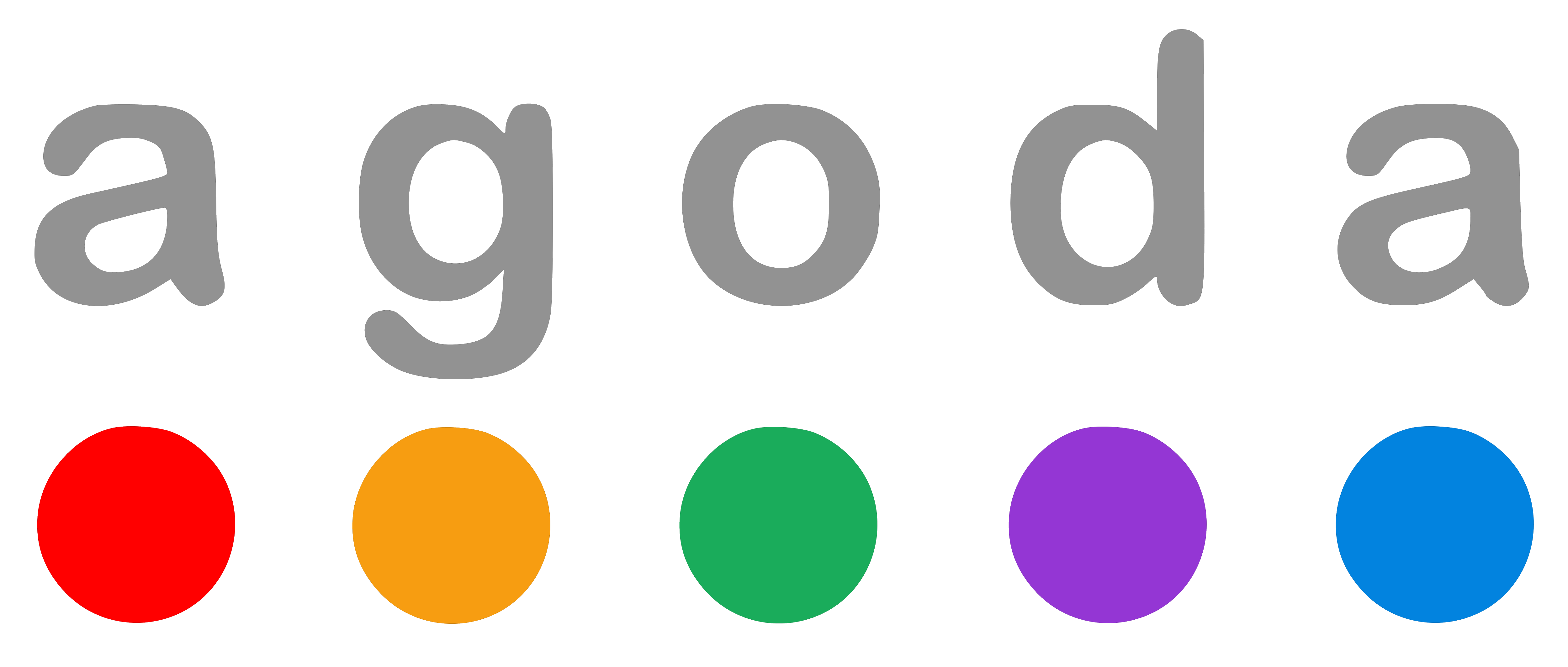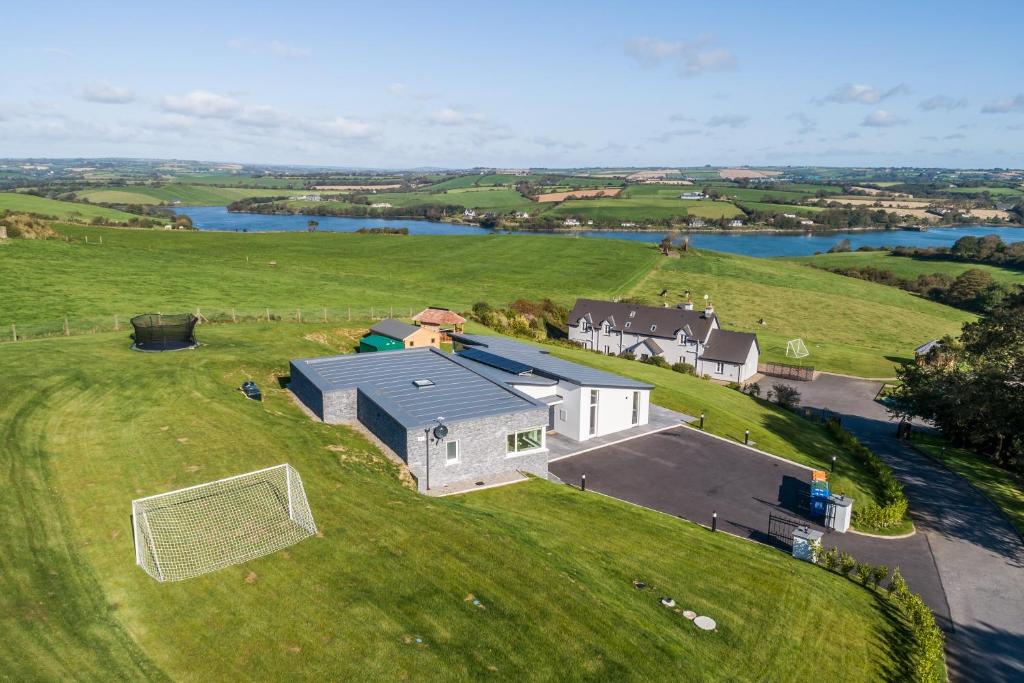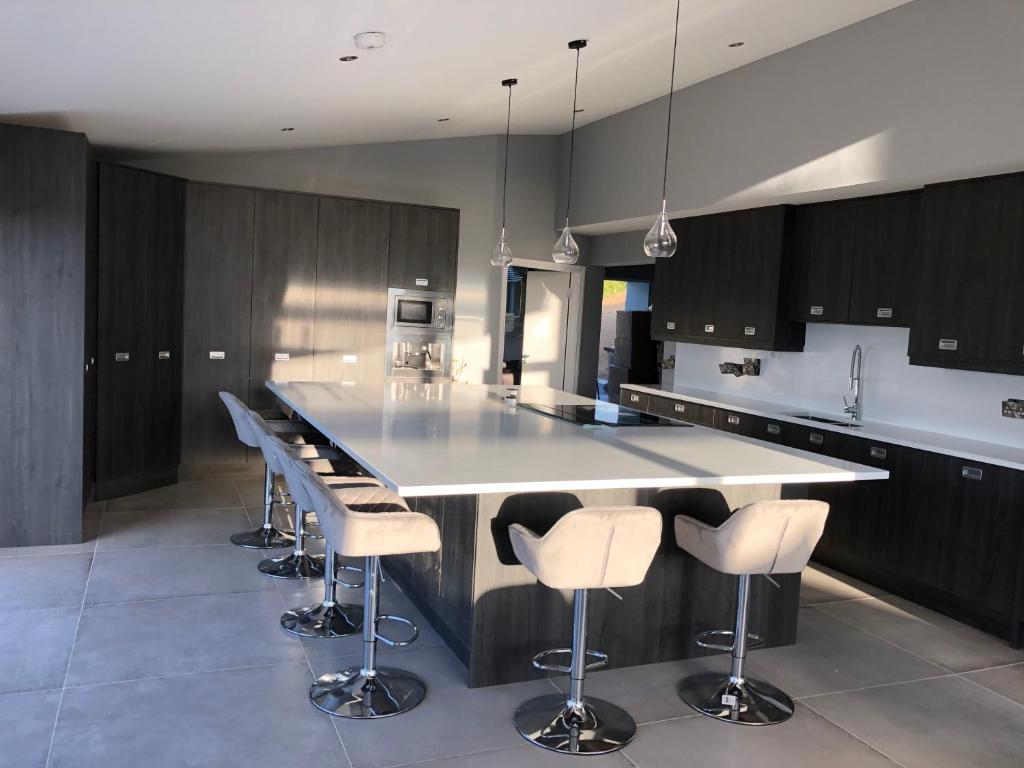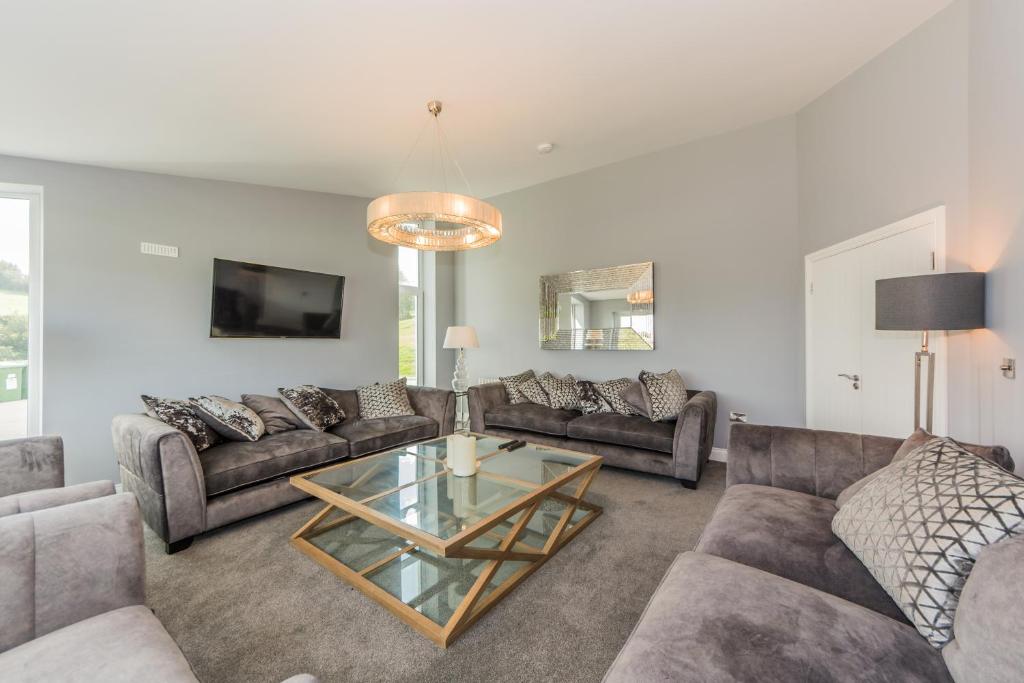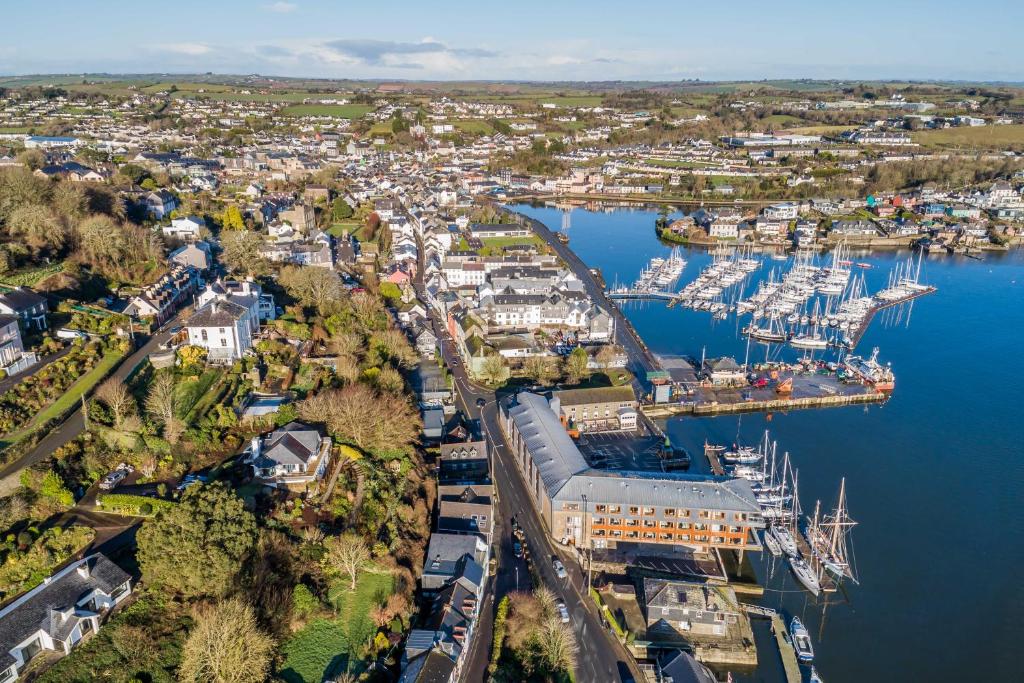Mentioned by Cork City
Blarney Castle


"Dedicated to the city’s patron saint, this Victorian, gothic-revival-style Church of Ireland cathedral on Cork’s Bishop Street was first consecrated in 1870, although construction didn’t completely come to an end until 1879. It stands on the site of a former monastery founded by Saint Finbarr in 606 and is said to be at least the third structure built in his name at the location, the first of which was damaged during the 1690 Siege of Cork. The striking cathedral was the first major work by the English architect William Burges, who is described by respected architectural historian J."
"The 19th century Fin Barre’s Cathedral is a fabulous example of Gothic Revival architecture and a must see for any visitor to Cork. Open every day except Sunday, the sculptures and carvings in the interior and exterior make it well worth the visit."

"Charles Fort – Situated on the edge of the water in the scenic village of Summer Cove in the Kinsale harbour of County Cork, lies the impressive and historic Charles Fort. The castle was originally constructed in the year 1682, and it was built as the ‘new fort’, in contrast to the ‘old fort’, or James Fort, which was built in the early 17th century on the other side of the same harbour. The fort played a critical military role throughout the centuries that it was active, until the year 1921, following the Anglo-Irish Treaty."
"Charles Fort in Kinsale is a classic example of a star-shaped fort and has five bastions, constructed in the late 17th century on the site of an earlier coastal fortification. Perhaps the best-known historical attraction in Kinsale, Charles Fort, is on the road just beyond Summercove. It is open all year, and regular guided tours are available."


"Another defensive building constructed to help citizens, Elizabeth Fort was built in 1601, although in 1603 at the death of Queen Elizabeth I, a revolt in the city saw the castle being attacked and seized by the locals. When English reinforcements arrived and re-established control, the good people of Cork were forced to pay for its repair. It was rebuilt in stone in the 1620s and played a pivotal role in the siege of Cork in the 1690s."
"Cork City's 17th century star-shaped fort was built in the aftermath of the Battle of Kinsale (1601). Elizabeth Fort served to reinforce English dominance and protect the walled city of Cork. It has served many functions during its lifetime, including use as a military barracks, a convict depot for the transportation of female prisoners, a food depot during the Great Famine, an RIC station, and until 2013, a Garda station."
"First built in 1601, the earth, stone and timber Elizabeth Fort was attacked two years later when a revolt took place sparked off by the death of Queen Elizabeth 1. When English reinforcements arrived, the people of Cork were forced to pay for its reconstruction. A stronger stone fort replaced the old building in the 1620s and it is this you see today."

"Definitely make time to visit the impressive St. Colman's Cathedral, and I also recommend going to the Titanic Experience. Cobh was the final port the Titanic stopped in before making its fateful way across the Atlantic (back then, the town was called Queenstown). The small Titanic Experience museum (which is housed in the former White Star Line Ticket Office) is very well done, and tells the story of the Titanic and the 123 passengers who boarded the ship in Cobh."
"The Cathedral Church of St Colman, usually known as Cobh Cathedral, sometimes as Queenstown Cathedral, is a Roman Catholic cathedral in Cobh, Ireland. It is the cathedral church of the Diocese of Cloyne. It overlooks Cork harbour from a prominent position."


"This great pub, situated right on the bank of the River Lee in the heart of Cork, is famous for their thin-based, generously topped pizzas – often called the best in town. Some of the other food specialities include delicious sweet potato fries and chicken goujons. Food is served until late."
"An absolute must visit for it’s amazing variety of food and entertainment in general but a great spot for some bottomless brunch too. We recommend going for their signature chicken goujons - seriously, they’re life changing!"
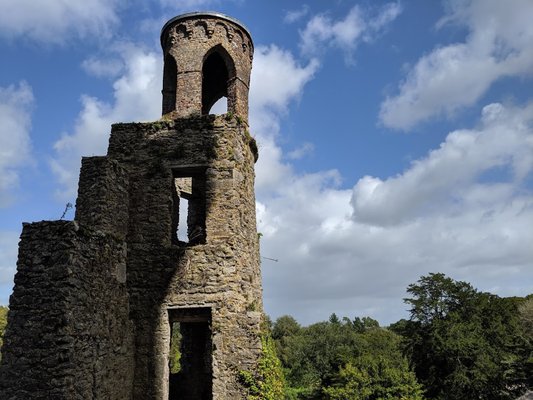

"Built after the Norman Invasion of Ireland in the 12th century, Ballincollig Castle has a truly rich and fascinating history. During its peak, it was inhabited by the Barrett family, who was a prominent Irish clan that originated from the Normans; this family were incredibly influential in the local area and wielded a lot of power. However, though the castle was inhabited for centuries and played a critical military role, it was left to abandonment in the year 1690; it was not until 1857 when it was renovated by the Wyse family, who restored it back to its former glory."



"Average Rating - 4.3Total Number of Ratings - 50+Location - CorkAverage price - ££££Review - Omg those cookies are on another level!!!. Garlic bread was lovely and crispy too well done. View Papa John's Menu"
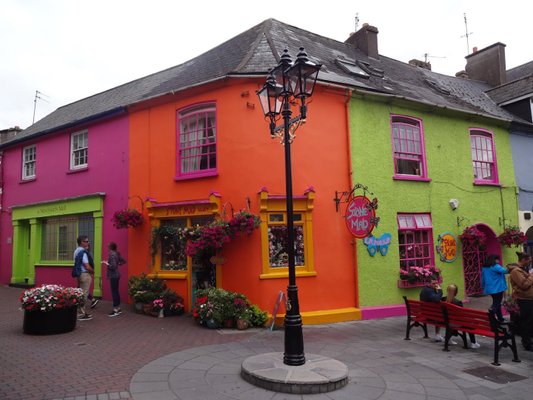
"Kinsale Regional Museum in the town centre of Kinsale was built about 1600, with additions in 1706 that included the frontage with the loggia on the ground floor. The courthouse was used for the inquest into the sinking of the liner Lusitania on Monday May 10th 1915. It was in this building that the Kinsale Town Corporation conducted their affairs and the Courthouse was also used for ceremonial occasions in the 18th century."

"The Michael Collins Centre, located at Castleview, Clonakilty, West Cork displays an audio/ visual of Michael Collins (the Big Fella’s) childhood, his family history, his school days and the important Collins’ sites around Clonakilty. A guide then continues the presentation, using slides, large photographs or film clips, the visitor is taken through the 1916 rebellion, War of Independence, Treaty talks and the Civil War. The tragic death of Michael Collins at Beal Na Blath and his Legacy are also discussed."
"This Heritage Centre contains photographs and a military exhibition in a cottage theatre. Outside the centre, an ambush trail is laid out, a one hundred meter section of road designed to look like a War of Independence/Civil War ambush site. For the visitor who wants to stand on the spot where history was made, they also offer the Michael Collins Tour, visiting all the important sites in the area."


"143V is not in the city center, you’ll have to walk for 10-15 minutes towards the train station to find it, but it worths a visit. The brunch menu offers toasts, porridge, chia pudding, tofu scramble, pancakes… The breakfast bagel (see picture above) is the best option if you’re in the mood for Irish breakfast. Do you need a boost of vitamins?"
"143V is the only all-vegan restaurant I visited while in Cork. That’s because it was the only one. I was so pleased with this adorable little spot."



